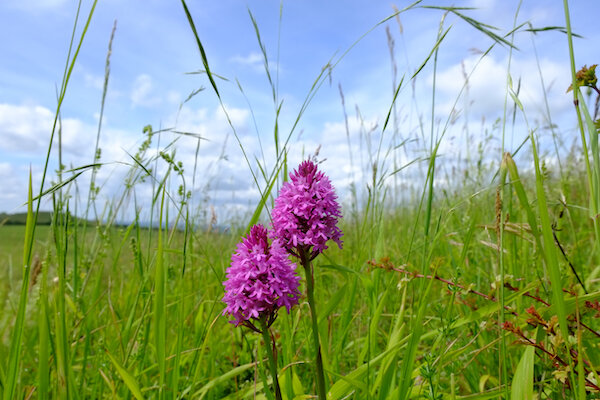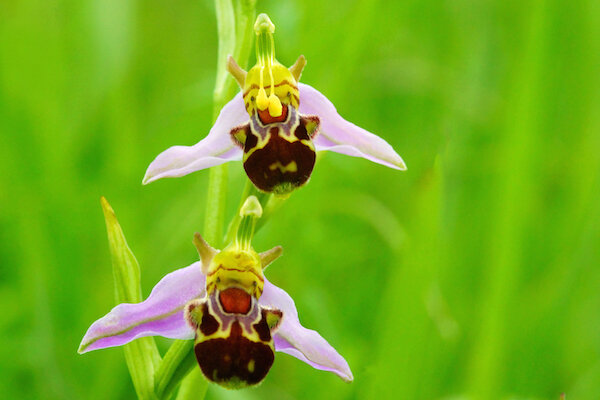During my third month at Ecology by Design, I have particularly enjoyed developing my surveyor skills by assisting on a number of interesting surveys and have simultaneously developed my species identification skills.
At the beginning of the month, I had the opportunity to assist on a Biodiversity Net Gain (BNG) survey and in turn learnt about its importance in consultancy. BNG is quantified using The Defra Biodiversity Metric 3.0, it assigns each habitat a score based on its condition, size and assemblage of species. The metric ultimately calculates the environmental impact of a development, and thus the amount of ecological enhancement required to offset said impacts.
The survey I assisted on focused on identifying opportunities to enhance the ecological value of the site. At first the habitat type was identified. We used this opportunity to grasp the UK Habitat Classification system (UKHABs) out in the field. Following habitat identification, the condition was assessed along with its importance within a local or national context. In accordance with the habitats condition and type, enhancement opportunities were recommended. Some examples of enhancements are the creation of habitat corridors, wildlife ponds with surrounding tall ruderal habitat, wildflower meadows and the planting of native trees and hedgerow species.
During surveys I have been taking plant samples and keying them out using vegetative and floral keys, particularly during Preliminary Ecological Appraisals (PEA). I can now identify a range of herbaceous plant species (examples below) and feel more confident in using a plant key.
Whilst conducting a PEA I came across two protected plant species: pyramidal orchid (Anacamptis pyramidalis) and bee orchid (Ophrys apifera). These species are protected under Section 13 of the Wildlife & Countryside Act (illegal to pick, uproot and destroy without authorisation) and require mitigation measures to be put in place to ensure their safeguard.



